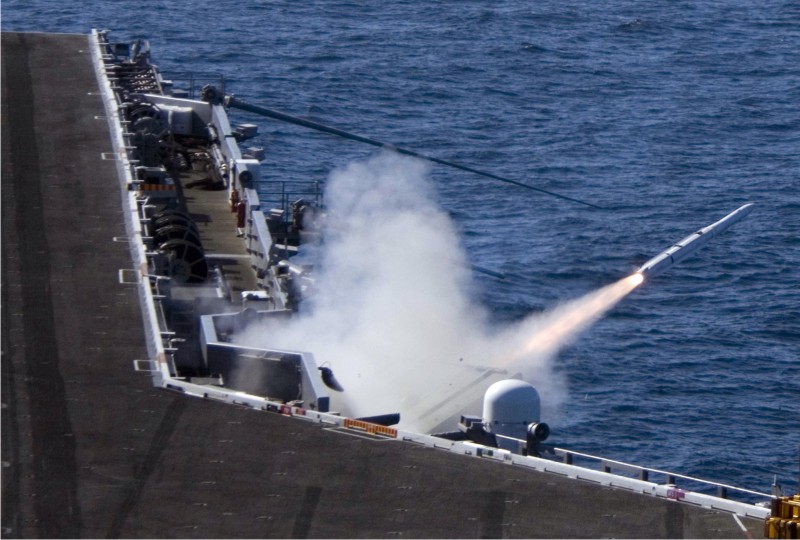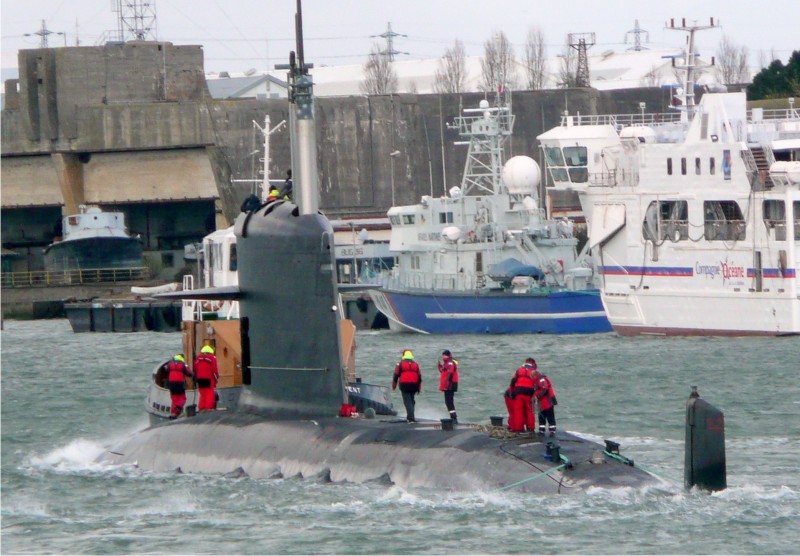
Welcome to MSW’s Scuttlebutt! Here’s the news for the day.

Feature - How To-A simple ocean effect...
MSW crew-mate Carl Musselman (carlomaha) send us a step-by-step feature of his method of creating his super realistic water bases!
Feature
MSW's "MOD" Contest-what do YOU think?
Introducing, the MSW "Model On Display" Contest, a chance to show off your work, and throw your entry into the hat for a grand prize! Do you like the idea? What are your feelings on it? Sound off mates!
Contest
EXCLUSIVE! Trumpeter's DDG-170
Straight from Trumpeter Models direct, the EXCLUSIVE first look at their latest 1/350 scale, Type 052C Chinese destroyer, PLAN Type 052C DDG-170 Lanzhou!
News

20’ Long HMS Hood
This is a 20-foot-long Lego model of the HMS Hood, a Royal Navy battlecruiser built in 1920 and sunk by the German Kriegsmarine Battleship Bismarck in 1941. This stunning piece of brick engineering, built to minifig scale, has a robotized mast and is actually bigger than the 16.4-foot-long Lego U.S.S. Harry S. Truman. Builder Ed Diment wrote to tell us the impressive technical specs of his HMS Hood:
Time taken to build - 7 months
Bricks - just under 100,000
Weight - approximately 90kg (200lbs)
Length - just over 5.8m (approx 20ft)
Turrets are motorized with Lego power functions so that each rotates independently and elevates its guns.
Lego Hood

This Day in U.S. Naval History
1918 - Naval aviators of Marine Day Squadron 9 make the first raid-in-force for the Northern Bombing Group in World War I, when they bombed a German railroad at Thielt Rivy, Belgium.
1920 - The obsolete battleship Indiana (BB 1) is sunk in Tangier Sound, in the Chesapeake Bay.
1962 - A U.S. reconnaissance plane photographs a Soviet nuclear missile site under construction at San Cristobal, 100 miles west of Havana.
Stennis First with New ESSM
USS John C. Stennis (CVN 74) claimed the first successful hit and kill with the Evolved Sea Sparrow Missile (ESSM) during a Combat System Ship's Qualification Trials (CSSQT) off the coast of Southern California Oct. 7.
Stennis' Tactical Action Officer Ens. Clay Cunningham said, "This is the first successful ESSM kill from an aircraft carrier."

Combat systems department launched the new missiles, the RIM-162 D-1, during a live-fire exercise by engaging drones inbound to Stennis.
"The evaluation team from Port Hueneme [California] said Stennis' combat systems team performed at the top of the fleet," said Combat Systems Officer Cmdr. Greg Gaskey.
The ESSM has advantages in range, agility and advanced technology over the RIM-7.
A short-range missile, the ESSM is designed to provide self defense for surface ships. The new missile is launched from the existing NATO Sea Sparrow Launcher.
Navantia Sets Afloat Second Scorpene for Malaysia
On 8 October the Cartagena Shipyard celebrated the setting afloat of the second Scorpene class submarine that is being built in conjunction with the French company DCNS for the Royal Malaysian Navy. The submarine was christened by the country’s Queen Tuanku Nur Zahirah.

The ceremony was also attended by the King of Malaysia, the country’s Vice-Minister for Defence, the Spanish Secretary of State for Defence, the Government Delegate in Murcia, the Mayoress of Cartagena and the Chairman of Navantia, among other leading figures. The Vice-Minister and the Chairman both gave speeches in which they agreed on setting the basis for future collaboration.
The Hispano-Franco consortium formed by Navantia and DCNS signed the contract on 12 June 2002 with the Malaysian Navy for the construction of two Scorpene submarines. The programme meant that Navantia was to build the aft section and DNCS, the fore. The first submarine was assembled at the French shipyard in Cherbourg and the second one at the Spanish Shipyard in Cartagena. This shipyard builds modular sections that are subsequently put together to form the stern.
In the case of the first Scorpene, Navantia dispatched the stern to Cherbourg in February 2007 for it then to be linked to the fore that had been built there. This unit was set afloat in Cherbourg in October 2007 and its delivery is planned for next January.
As far as delivery of the second Scorpene is concerned, this is planned to take place in October 2009.
The main characteristics of these vessels are:
- Length overall: 67.56 m
- Maximum beam: 8.00 m.
- Draught: 5.40 m.
- Resistant hull diameter: 6.20 m
- Surface displacement: 1,580 T
- Submerged displacement: 1,740 T
- Maximum speed: Submerged 20.5 kts; Surfaced 11 kts.
- Autonomy: 45 days
- Crew: 31
Photo of the Day

Sailors approach Australian Navy ship AORH Sirius (O 266).
Gator











